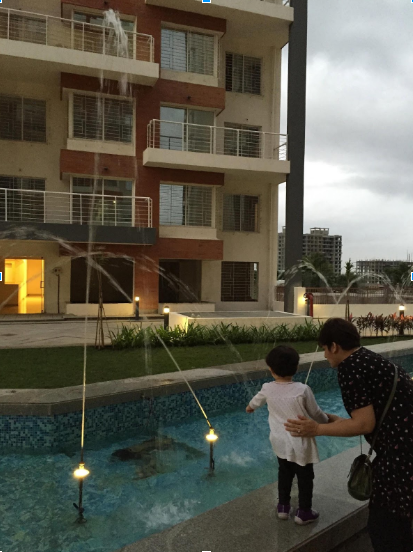
Children’s play in urban high rise
The rapid urbanization of Indian cities poses significant challenges to the protection, provision and participation of children living in urban areas. Children’s play is no exception. Also, children from middle-class families are usually susceptible to the pressures of expected educational achievement, increasing access to digital technology and structured leisure time, which can all impede the fulfilment of their right to play. Further, parents and adults who influence the available play opportunities for children typically have clarity about older children’s play, including organized games and sports, but there is limited knowledge and awareness about play opportunities that are appropriate for young children’s (below 8 years of age) growth and development.
In the Indian context, scholars have long focused on improving children’s rights related to protection, provision and participation in low income communities and we know where children from low-income communities play; but there is almost no empirical research that focuses on understanding the play opportunities that are available to young children from middle-class families who live in high-rise apartments in urban areas. Through key informant interviews with architects, planners and designers of urban high-rise apartments, field visits that include children’s observations and interviews with parents and caretakers, I have investigated available play opportunities for young children from middle-class families living in a range of high-rise housing developments in a fast growing city of urban India.
The Child Friendly Places is an approach to integrating children’s rights into local development initiatives and educational programmes through a participatory, intergenerational and child friendly assessment and planning methodology that empowers communities to improve their local conditions and environments with children, adolescents, families, educators, service providers and decision makers.
Research related to the CFP approach implemented in Mumbai and Bhavnagar cities of India in 2013 – 2014 was recently published in a peer-reviewed journal. You can access the article ‘Spatializing Children’s Rights: A Comparison of Two Case Studies from Urban India’
Author: Sruthi Atmakur Javdekar
Photo Credit: photo by Sruthi Atmakur Javdekar
Interested in hearing more on Sruthi’s research? Join us at the Child in the City Conference in Ghent, Belgium on the 7-9th November!




